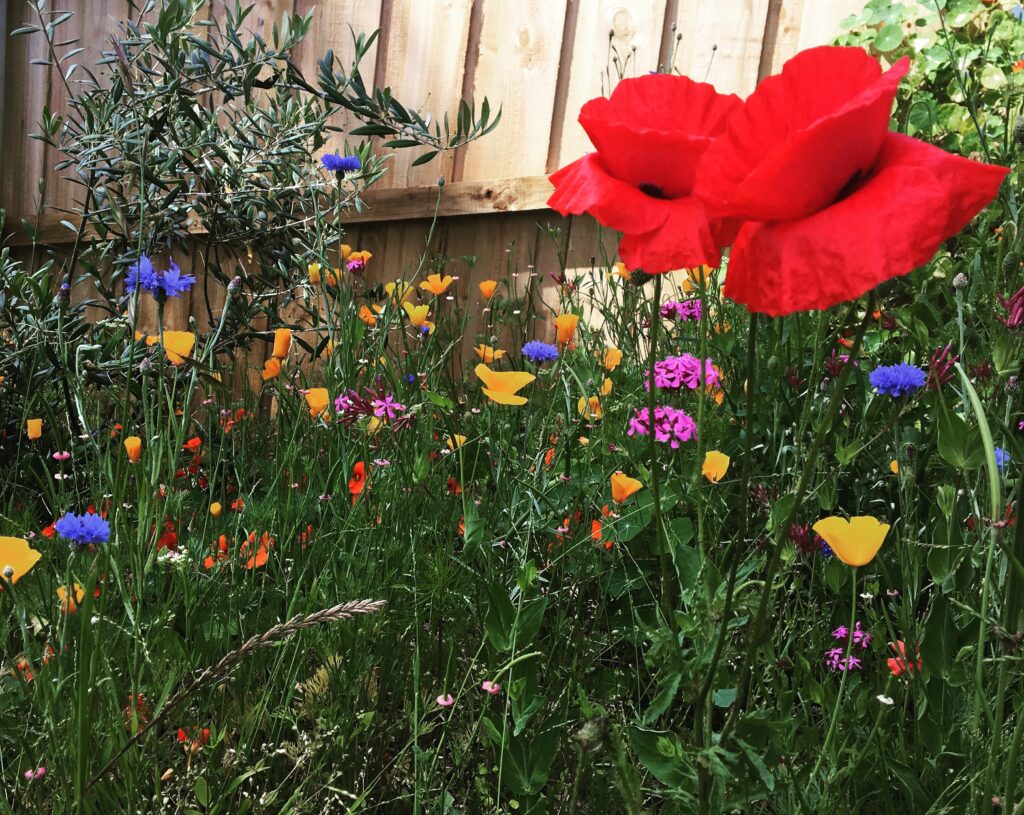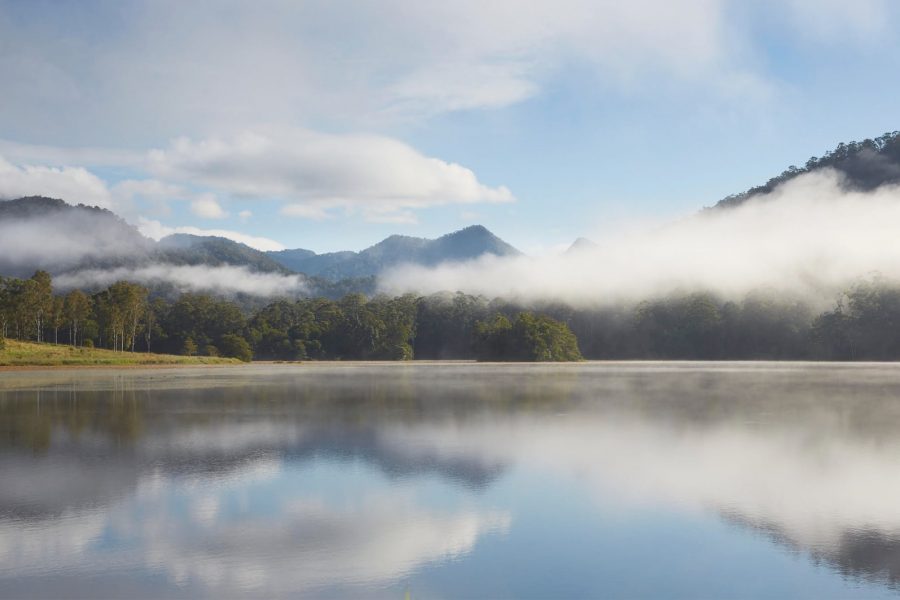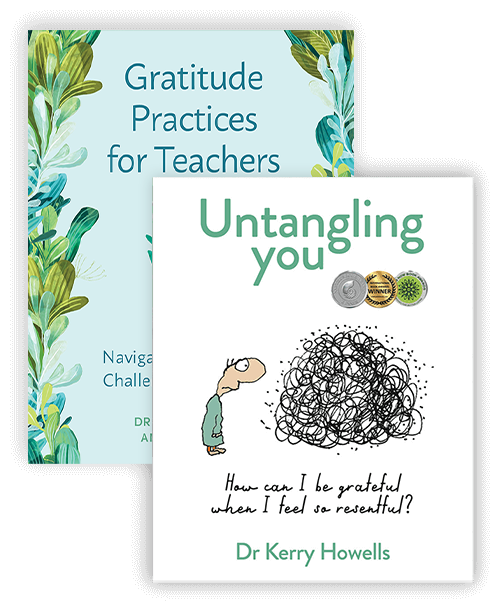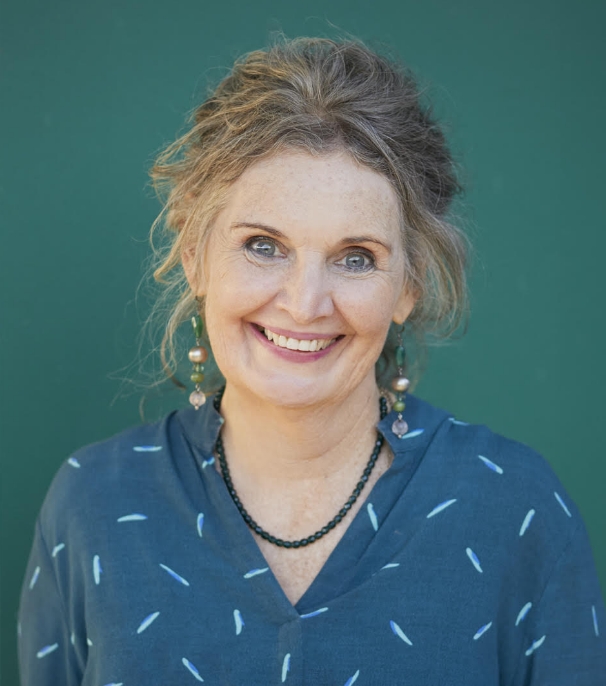Have you wondered how you might join with others in practising gratitude together?
Recently I’ve had the experience of this through engaging online with my wonderful students who are part of the UTAS Summer School unit ESM704 Gratitude in Education. Our class is comprised of school leaders, experienced teachers, pre-service teachers, and researchers in fields as diverse as paramedics, oncology and environmental science. They are from all around Australia.
One of the components of the unit is a weekly discussion board that I hold as a regular book club. Week by week we study a chapter of my book Gratitude in Education: A Radical View. We also listen to lectures and read other relevant research on gratitude. At the core of our exploration is critical reflection on these to uncover some of our hidden assumptions and step into deeper and more authentic expressions of gratitude.
I also encourage participants to consider gratitude as a community of practice (the topic of the final chapter of my book) and to consider how they might bring this very powerful way of being out into their wider community.
I would like to mark this final week of one of the most uplifting and inspiring classes I have ever taught, by sharing some of the students’ ideas for how they intend to create communities of gratitude practice. I hope that you might gain inspiration – as I certainly have – from the very creative ways these participants intend to continue their practice of gratitude.
- Starting with our own practice of gratitude. We need to be the change we want to see in our community. If we find ourselves in a context where there seems to be no gratitude, the most important and indeed powerful place to start is with our own gratitude practice.
- Practising non-intrusive gratitude. One student summarised this intention beautifully: “…to remember and be aware of the fact that everyone is at different stages in their life and gratitude journey. Through gentle implementation, leading by example and encouraging gratitude in our community…we can implement a non-intrusive, non- intimidating and a natural way to engage in the practice of gratitude.”
Others have made the point that pivotal to this is showing that we aren’t expecting anyone to do anything that we aren’t willing to do ourselves. It is important that we give to our communities without expecting anything back. - Celebrating education as a gift. How can we make this more visual in the school and communities where we work?
- Remembering that community goes hand in-hand with good communication. Being real in our communication with each other is important in order to deepen the sincerity of our practice. This involves respect, authenticity, deep and attentive listening.
- Celebrating (as distinct from tolerating) difference. Gratitude for those who are different from us and who teach us so much because of these differences can be such a wonderful building block for sustainable community. This requires dialogues which in turn requires humility in order to welcome new perspectives.
- Practising gratitude to the environment. We often think of gratitude as something we express to another, but our environment is also in dire need of our gratitude. So much beauty around us invites abundant gratitude. We need to respond with tangible ways of expressing our gratitude by preserving nature and caring for material goods preciously.
- Reaching into our sense of community. We don’t need to feel alone in championing gratitude as a way of being.
- Going for the real, not the ideal. In this way, we don’t get burdened by expectations of ourselves and others. This includes being real in our practice of gratitude and not judging ourselves if we forget to practise or find it difficult to do so. This allows others to feel that their own attempts to practise gratitude are more achievable.
- Holding a vision of what a gratitude community might look like. We can work towards this in a step-by-step way by not allowing busyness and cynicism to distract us from our goal. This often takes great vigilance and commitment.
As one of the students so aptly described:
A community founded in gratitude practise would be identifiable from its overall supportive atmosphere where there is a joint understanding of the need for support rather than an expectation for support. All persons, internal and external to the group, would be valued equally as would all material goods and services. As far as day to day practises, recognition would be key; be that recognition for a positive contribution or a negative outcome.
I now have the great pleasure of marking the first assignment for this unit, where the students wrote a weekly blog. I look forward to sharing some of the gems from these in future blogs.
I give profound thanks to this inspiring and committed community of gratitude practitioners,
Kerry







